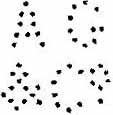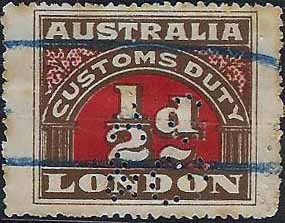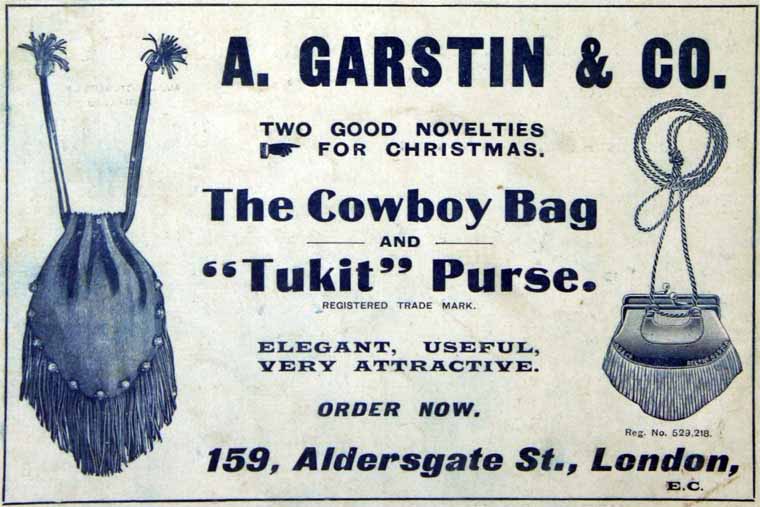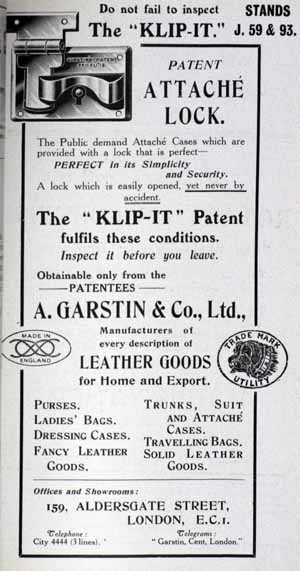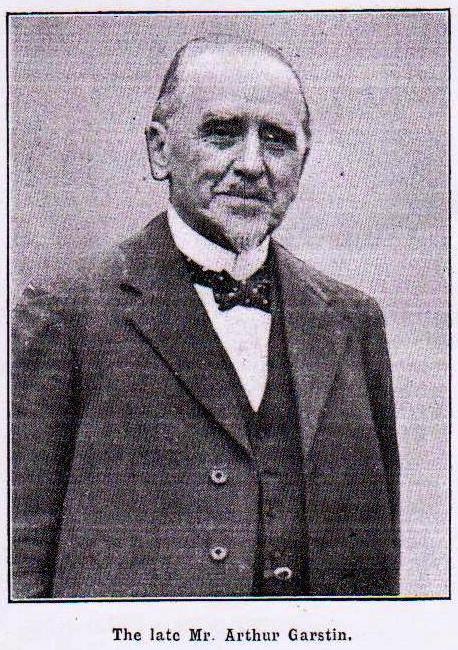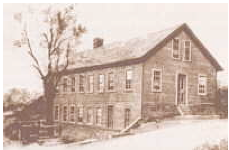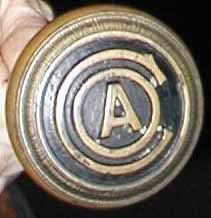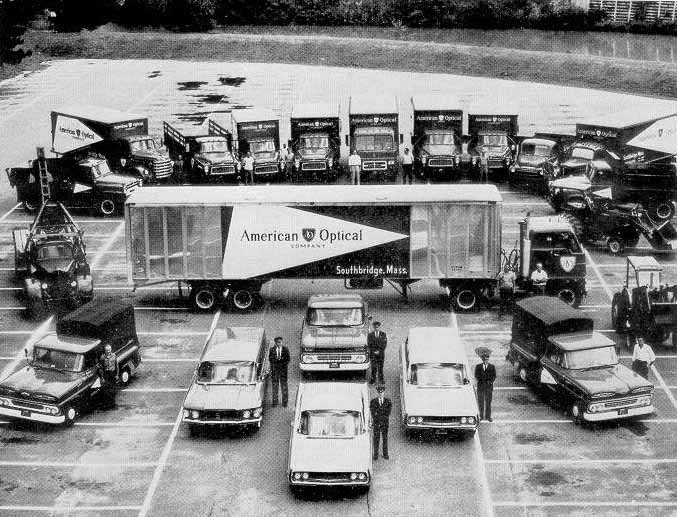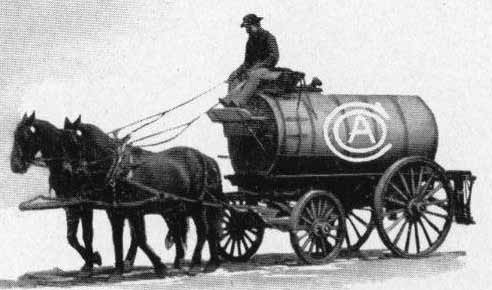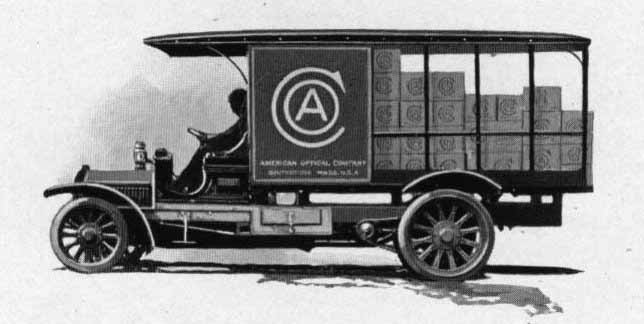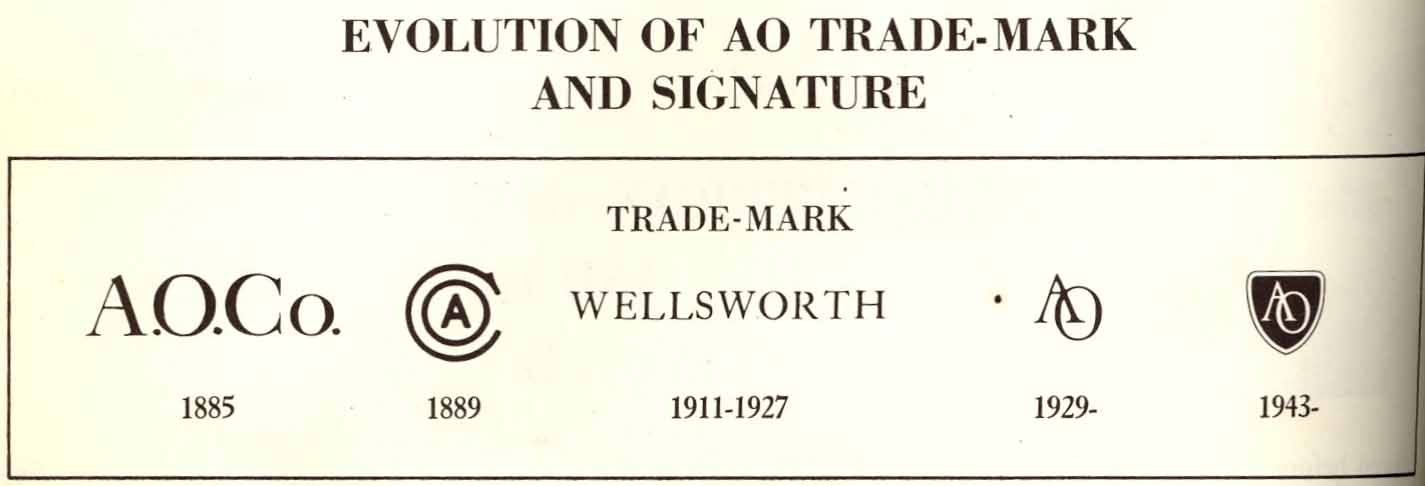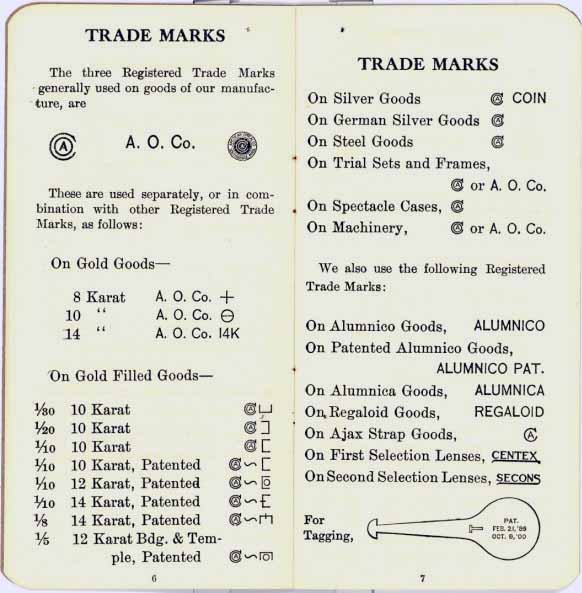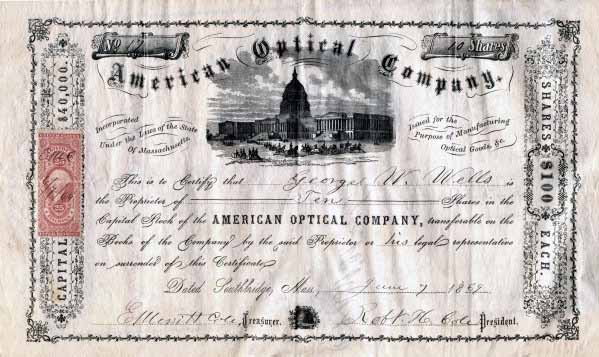Private Revenue Perfins of the Commonwealth of Australia An Elsmore Coath production The authors would welcome your comments additions or input into this work A -------------------------------------------------------- AG/&CO.a
User: A Garstin & Co Ltd Leather Goods Manufacturers and Wholesalers Addresses: (1922) 159 Adgersgate Street, London, UK (1929) 158-159 Aldersgate Street, London, UK (1947) 114 Colindale Avenue, London, UK (1947) 62 Brook Street, London, UK Revenue Use: 1912 issue ½d, 2d Rarity Scale: 1912 issue ½d R4, 2d R4
Background: *The company was established in 1871, and grew steadily to become one of the major British manufacturers and wholesalers of a full range of leather goods including, ladies' bags, dressing cases, fancy leather goods, trunks, suit and attaché cases; including their own "Klip-It" patented Attaché Lock, travelling bags, solid leather goods, and dog collars. They also manufactured watch straps, wristlets and Alberts, and leather articles for carrying jewellery, watches, clocks, and Binoculars as well as specialised military leather products that they supplied to the British Army during WW1 and 2 etc.. They were regular attendees at the British Industries Fair and produced detailed catalogues of their products and it was most likely this activity that required them to use Australian Customs Duty stamps. By 1929 they had increased their range of leather goods with the addition of more Travel Goods including motor and steamer trunks and, satchels etc.. After WW2 their product range altered again and at the 1947 British Industries Fair they were listed as “Manufacturers of best quality luggage in leather, fibre, canvas, etc., for road, rail and air travel as well as high class ladies' handbags and fancy leather goods.” Device: Multi Die device of at least 2 dies most likely in a horizontal array. The pattern we have sighted is most likely the left hand die. The dies are essentially identical with a slight variation in the structure of the top of the ampersand. Both dies should exist on these Customs Duty issues. This pattern is listed in “The New Illustrated Catalogue of GB Perfins” in the A section as 2530.01M with stated usage between 1895 until 1945. Related Patterns: Nil *Grace's Guide
1908
1922
-------------------------------------------------------- AOC.a
User: American Optical Company Opticians Address: 38 Hatton Gdns, London, UK Revenue Use: 1912 issue 2d Rarity Scale: 1912 issue 2d R4
Background: *The American Optical Co began in 1826, when William Beecher, an apprentice jeweller, came to Southbridge Massachusetts after serving his apprenticeship in Providence, Rhode Island. In the early 1930’s he was presented with a typically crude pair of imported spectacles and he felt that he could do better. The original factory building "The Old Spec Shop" at American Optical was built in 1839 when William Beecher's spectacles manufacturing operation outgrew the second floor over his jewellery shop The Old Spec Shop The development of the optical and eyewear manufacturing industry in America had started in the early part of the 19th Century. Prior to this time, optical frames and lenses were imported from Europe, mainly from France, Germany and England. Metal frames were also produced by local jewellery manufacturers as well as other specialty metal workers. The quantities, however, were limited to private demand for singularly custom made frames. The Company grew rapidly through the 19th Century and by the turn of the Century they were employing 2000 people and had a growing export market and in 1905 they established a London office. In 1913 the AOC secured the rights to Crookes glasses (invented by eminent British scientist Sir William Crookes) The Crookes glasses were either clear lenses or various darker shades, made to offer UV protection during extended outdoor usage. In 1917 the company was heavily supporting the US and Allied war effort in Europe including the provision of 8 mobile optical units, which were part of the production that supplied 2.5 million glasses. Between the wars the company continued to expand in both the US and Europe and by 1940, they began offering prescription-polarized sunglasses to the market. During WWII the Company again assisted in the war effort in supplying new products including gun sights, bomb sights, AR glass, aviation goggles, sunglasses and precision optics for military and instrument applications. Between 1943 and 1944, a total of 10 million goggles frames, 5 million pairs of sunglasses and over 6.5 million pairs of lenses were ground and polished including 1.4 million prescriptions delivered to the Armed Forces. The company was responsible for such iconic eyewear as the Original Pilot Sunglass, and later in the 1960’s they produced a range of new eyewear in a range of mind-boggling shapes, colours, sizes, materials and designs, including the eyewear for movies such as “Easy Rider” and later "Top Gun" as well as providing the eyewear worn by Neil Armstrong in the 1969 Moon Landing. Device: Multi die device of at least 2 dies in a horizontal array. The device is listed in "The Catalog of United States Perfins" in the C section as C 238. The pattern is not reported on the postage stamps of Great Britain and therefore the device may not have ever been located in Great Britain. The pattern is fairly common in the United States and so it would seem most likely that the stamps were supplied to the Companies head office in Southbridge, Massachusetts and the perforating was done there. The device is known to have been is use between 1902 and 1922. Related Patterns: Nil *www.aoeyewear.com/documents/history.html Below Graphics courtesy of: https://www.dickwhitney.net/AOLogos.html
'A O Trade Mark' Door Handle
AO's Transportation Fleet in Southbridge - May 1964 photo
-------------------------------------------------------- © copyright 2011 |
